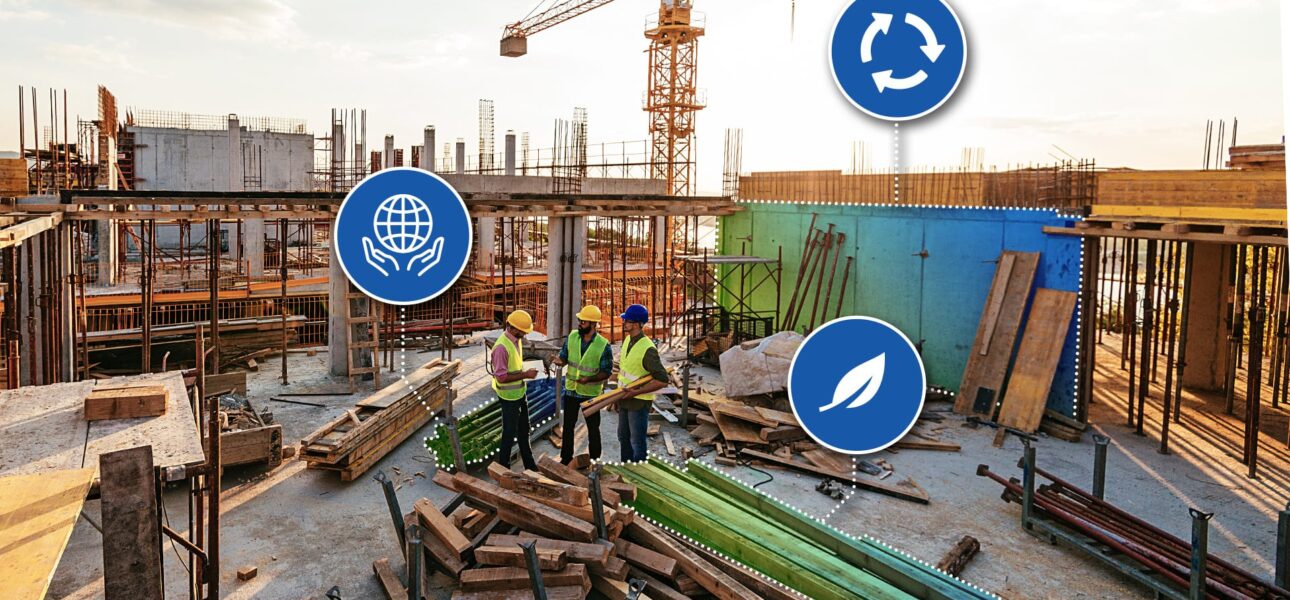In today’s fast-changing world, the construction industry is undergoing a massive transformation. Sustainability is no longer an optional extra — it has become a necessity. Rising energy costs, increasing urbanization, and global climate concerns are driving builders, architects, and developers to rethink the way structures are designed and built. For Target, green construction represents not just a business opportunity but also a responsibility to create buildings that last for generations while minimizing harm to the environment.
What is Green Construction?
Green construction refers to the practice of designing, building, and operating structures in ways that reduce environmental impact, conserve resources, and promote the health of occupants. Unlike traditional methods that often prioritize speed and cost over long-term performance, green building emphasizes efficiency, sustainability, and durability.
It goes beyond simply adding solar panels or planting trees around a property. It involves a holistic approach that begins at the planning stage and runs through design, materials selection, construction, and even how the building is maintained.
The Benefits of Sustainable Building
- Energy Efficiency
Buildings consume about 40% of global energy. By adopting energy-efficient systems such as LED lighting, advanced insulation, and smart HVAC units, green buildings significantly cut down energy usage. For clients, this translates into lower utility bills and increased long-term savings. - Cost Savings Over Time
While eco-friendly materials and technology may seem expensive at first, they reduce operational costs drastically. A well-insulated building, for example, can save thousands annually in heating and cooling expenses. Sustainable construction is an investment that pays back over decades. - Healthier Spaces
Green buildings use non-toxic paints, proper ventilation systems, and natural light to create healthier indoor environments. This reduces health risks such as respiratory problems and improves overall well-being for occupants. - Environmental Protection
The use of recycled steel, bamboo, and low-carbon concrete reduces dependency on natural resources and cuts down carbon emissions. Proper water management systems such as rainwater harvesting and greywater recycling help conserve water. - Increased Property Value
Studies show that properties built with sustainable features have higher resale value and attract more tenants and buyers. Sustainability is fast becoming a key selling point in the real estate market.
Key Trends Shaping Green Construction
- Smart Technology Integration: From automated lighting systems to energy monitoring dashboards, smart technologies make buildings more responsive and efficient.
- Renewable Energy Sources: Solar, wind, and geothermal energy are becoming integral parts of modern building designs.
- Sustainable Materials: Innovations like self-healing concrete and recycled plastic bricks are changing how structures are built.
- Circular Construction: Designing buildings with materials that can be reused or recycled at the end of their life cycle.
Why Target is Committed to Sustainability
At Target, we believe construction goes beyond bricks and mortar — it is about shaping communities and creating environments where people thrive. By incorporating sustainable practices, we help our clients lower costs, improve efficiency, and future-proof their investments. Our approach combines innovation, creativity, and environmental responsibility, ensuring that every project we deliver meets today’s needs without compromising tomorrow’s resources.
Conclusion
Sustainable construction is not a passing trend; it is the future of the building industry. As cities expand and resources become limited, the demand for greener, smarter, and healthier spaces will only grow. By embracing sustainability, Target is not only delivering value to clients but also contributing to a better planet. Building green is no longer just about compliance — it’s about commitment, responsibility, and vision for the future.

